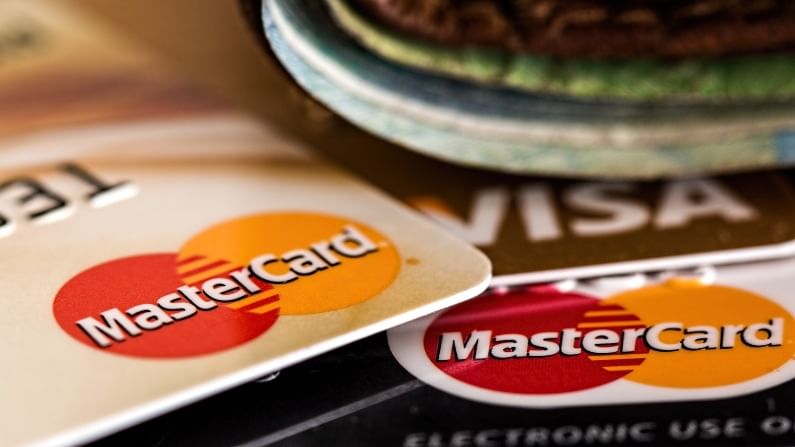Debit, credit cards preferred payment methods: RBI survey
However, many of the respondents did not adhere to basic security norms like not sharing passwords or PINs or OTPs

Debit and credit cards are the most preferred payment methods among a bouquet of digital options, a Reserve Bank survey conducted at the bottom of the financial pyramid has found.
Though the survey in six cities was carried out between December 2018 and January 2019, the findings have been published in an article by RBI experts last month.
There were 6.192 respondents of whom 92% had annual income up to Rs 5 lakh and 88% were in the age group 18-44 years. Of the sample, 81% had studied till secondary and above and 68% were either earning salaries or were self-employed.
Card rules
Debit and credit cards was the preferred model for digital payments for 62.5% of the respondents, while the second most preferred option net banking was liked by half, or 31.3% of the sample.
IMPS (Immediate Payment Service) which is an interbank electronic mode of fund transfer service between person and person, person and account and person and merchant remittances was the preferred mode for the least, only 7.2%, respondents.
NEFT/RTGS was preferred by 9.9%, mobile wallets was preferred by 13.8% and BHIM UPI was chosen by 23.8% of the respondents.
Mobile banking, which was preferred by 27.5% of the sample size, was the third most preferred option.
Convenience factor
Among the reasons cited in favour of digital payments, 60.4% said it was convenient, while 12.8% said it gave them access to discounts, while 8.7% said they trusted it.
“However, cash remained the most preferred mode of payment and for receiving money for regular expenses; it was followed by digital mode. Participants also mentioned their use of cash for small value transactions (with amount up to `500) but indicated change of preference towards digital mode for payments involving higher amount of transactions,” said the report.
Awareness high
The survey found awareness of digital payment methods to be high irrespective of levels of education.
While 99% of those who studied up to post graduate level and above were aware of digital methods, as many as 85.3% were aware of it even for those who studied up to class V. Awareness went up progressively as levels of education went up.
However, awareness was relatively low among retired persons and daily wage earners. While 90.5% of retirees were aware of digital payments methods, 89.6% of daily wage earners knew about such modes.
Shopping
Shopping, money transfer, payment of bills and recharge of mobile phones and TV were the most common usages of digital transactions. While 59.4% said they used it for shopping, 56.6% of the respondents said they used digital modes for payment of bills and money transfer. 51.5% used it for recharging phones or TV.
Other common uses were for occasions of ticket booking (34.9%), booking hotel/fuel/cabs (34.3%), food ordering apps (24.9%), groceries (21.8%).
“Around 62% of the respondents reported that they did not face any major problems while making digital payments. Participants who reported facing problems cited lack of proper infrastructure, more time taken, complexity, discomfort, non-familiarity as some of the hindrances in the use of digital payments,” said the report.
Hindrances
Among the hindrances faced while using digital payments, 9.6% of the respondents pointed out lack of point-of-sale machines/QR codes/internet connectivity, 8.4% said digital transactions take more time and are complex as compared to cash, 7.5% said they were uncomfortable and unfamiliar with digital payments and 5.2% said they trusted them less (due to lack of safety, risky, decline of transaction, etc.).
About 3.1% of the respondents said digital transactions are costly as compared to cash and 1.6% pointed out to the fact that they did not have payment products such as cards/mobile wallets or devices such as mobiles or computers.
Lax safety
However, the survey observed lack of awareness of basic safety norms among respondents about digital payments. As many as 8.2% of the respondents shared passwords or PINs or OTPs, while 73.7% said they have never shared any of these.
A majority of the participants (44.8%) in the survey never changed passwords/ PINs for their prepaid/debit or credit cards/mobile banking or changed them only when prompted. 21.9% of the respondents said they changed their password/PINs once every quarter as a safety measure.
Rise of the frauds
In India as digital payments have gained popularity, it has also marked the rise of fraudsters. According to the annual report of the RBI, cases of bank frauds of Rs 1 lakh and above have more than doubled in FY20 to Rs 1.85 lakh crore as compared to Rs 71,500 crore in FY19. The number of instances, too, rose by 28% in the same period.